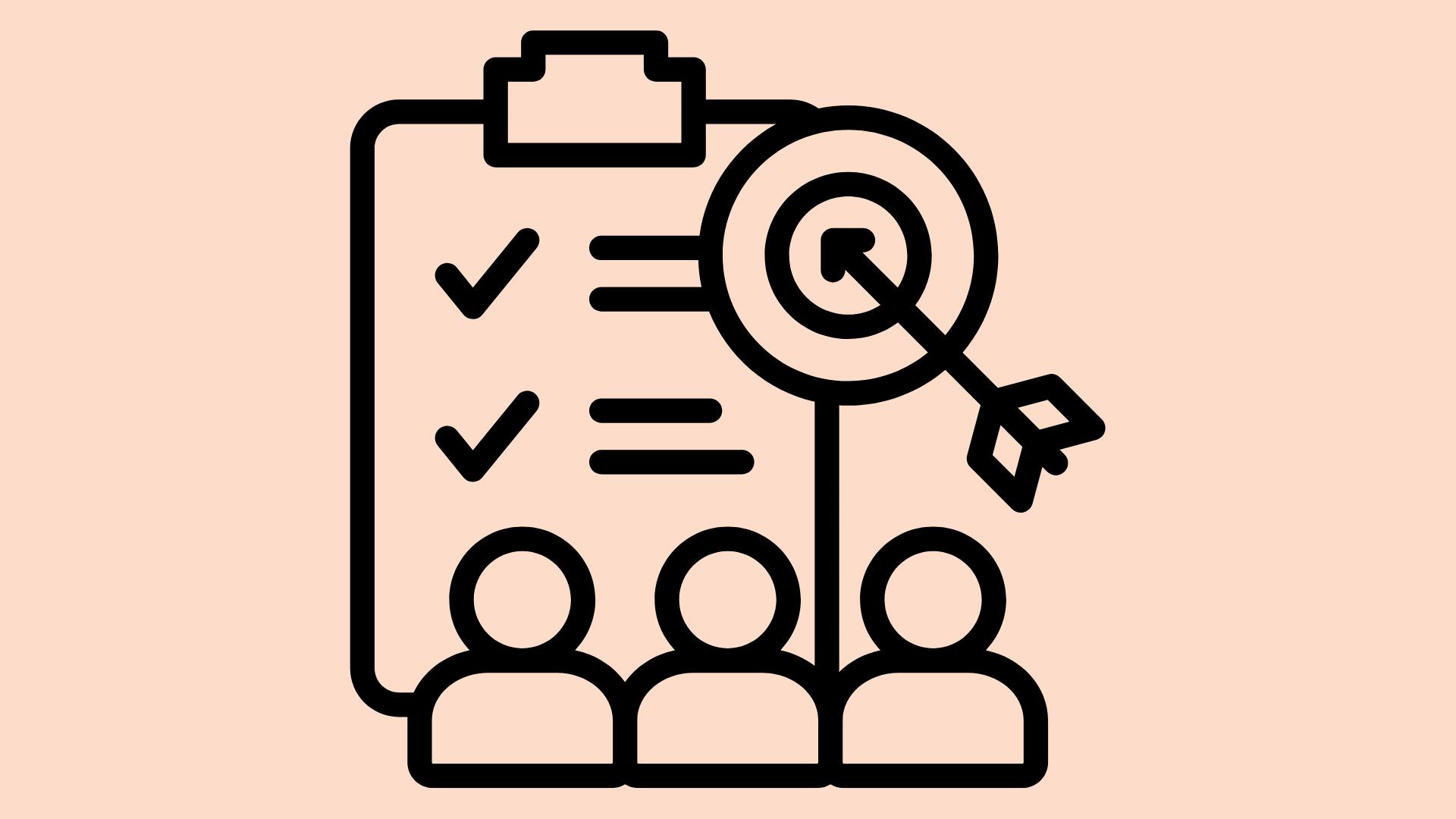Imagine walking into a therapy room, classroom, or community center and seeing someone.
Let's take an example, so Aiden- struggling.
Maybe she is a student falling behind in reading or math. Or a therapy client navigating recurring anxiety. Or an adult in a group program working through substance recovery.
As a therapist, counselor, social worker, or educator, you want to help. But without a structured plan, your support can feel reactive, inconsistent, and hard to track.
That’s exactly where a clear intervention plan template becomes important.
Whether you’re supporting students, adults, families, or small groups, it helps you define target behaviors, design intervention strategies, collect data, and guide meaningful change across emotional, behavioral, or academic domains.
What Is an Intervention Plan?
An intervention plan is a structured, goal-oriented action plan used to support someone through behavior, emotional, academic, or functional challenges. Depending on the context, it may be referred to as a:
- Behavior intervention plan (BIP)
- Therapy or mental health support plan
- Academic or classroom plan
- Recovery or wellness roadmap
It typically includes:
- Clear target behaviors and objectives
- Baseline data to assess current functioning
- Chosen intervention strategies
- Designated support staff, educators, or caregivers
- A data collection method for tracking
- Regular reviews to assess student progress or client growth
Why it works: A good plan ensures consistency, clarifies expectations, and helps measure effectiveness across settings. It can also be modified to address specific medical, social, or emotional challenges.
Why It Matters: Support, Structure, and Success
a) Clarity for Teams and Clients
An intervention plan brings clarity to teachers, therapists, parents, and clients- it defines what’s being addressed and how support will happen.
b) Monitor Student Behavior or Therapeutic Progress
You’ll track progress, spot what’s helping, and adapt more easily.
c) Guide Educators and Clinicians Alike
Whether it’s reading, math, or managing anxiety, having a shared roadmap across school or clinical staff improves consistency.
d) Legal, Ethical, and Insurance Compliance
Well-documented plans help you meet school, clinical, or insurance standards, especially when medical or behavioral complexities are involved.
e) Confidence in the Process
Clients and teams gain confidence when the plan is clear, tailored, and responsive to evolving needs.
Guiding Principles for Designing Behavior Intervention Plans
Principle 1: Define Target Behaviors Clearly
Instead of “improve focus,” try:
“Student will remain seated and attend to task for 10 minutes with no more than one prompt.”
This makes behavior observable, measurable, and easier to track.
Principle 2: Start with Baseline Data
Document how often the problem behavior or barrier currently occurs. You can’t measure progress without it. Use objective data collection practices whenever possible.
Principle 3: Select Effective Intervention Strategies
Use a mix of:
- Positive reinforcement (stickers, tokens, social praise)
- Environmental modifications (quiet seating, noise-cancelling headphones)
- Modeling and practice for social/emotional skills
- Academic support (scaffolded math or reading tasks)
- Medical accommodations (stretch breaks, sensory supports)
- Clear consequences when needed, aligned with therapeutic goals
Principle 4: Involve Support Staff and Stakeholders
Collaboration with teachers, educators, caregivers, and support staff ensures consistent implementation. Gather feedback during check-ins.
Principle 5: Use Intentional Data Collection
Track progress using logs, checklists, or session notes. Document how often the behavior occurs, when the student engages, or how well they complete each task. You can use checklists for attendance, mood tracking, or academic outcomes.
Principle 6: Review and Revise with Feedback
Assess every 4–6 weeks. Use feedback to identify gaps, revisit goals, and promote long-term success.
Sample Intervention Plan Template
Here, is a sample Intervention Plan Template that you can use.
This template helps educators, therapists, and teams build clear, structured plans for individuals or groups- making it easier to document, track progress, and collaborate effectively.
Section | Details |
|---|---|
Name / ID | ____________________________________ |
Age / Grade / Program | ____________________________________ |
Presenting Concern | ____________________________________ |
Baseline Data | ____________________________________ |
Target Behaviors / Goals | ____________________________________ |
Intervention Strategies | ____________________________________ |
Responsible Individuals | ____________________________________ |
Timeline | ____________________________________ |
Data Collection Methods | ____________________________________ |
Progress Monitoring | ____________________________________ |
Revision Notes | ____________________________________ |
Medical Needs (if any) | ____________________________________ |
Examples: Use Cases for School and Therapy
A. Student Behavior Plan (Elementary)
- Target Behavior: Reduce off-task classroom behavior during math and reading
- Goal: Increase task completion from 50% to 85% in 6 weeks
- Strategies: Token chart, peer modeling, praise, seated away from distractions
- Support Staff: Teacher, school counselor
- Data: Frequency of off-task behavior per session
B. Adult Therapy Client (Anxiety)
- Target Behavior: Avoidance of social situations
- Goal: Attend 2 social events/week with reduced anxiety score on self-report
- Strategies: Exposure tasks, journaling, positive reinforcement, caregiver check-in
- Data Collection: Weekly anxiety scale + therapist notes
C. Group Program: Teens in Recovery (Small Group)
- Target Behaviors: Aggression during group feedback, skipping sessions
- Goal: Attend 90% of group sessions; demonstrate respectful response 3/4 times
- Strategies: Roleplaying, peer-led feedback, visual prompts, confidence-building
- Support Team: Group therapist, peer mentor
Common Mistakes to Avoid
- Vague writing: Use specific, measurable goals that align with expectations
- No review schedule: Without it, the plan loses momentum
- Overlooking environmental factors: The learning or therapeutic environment influences outcomes
- Skipping adjustments for medical or emotional needs: Always address medical considerations
- Neglecting academic support: Sometimes, academic outcomes are linked to behavioural issues
- One-size-fits-all strategies: Failing to personalise the plan to the individual's strengths, needs, and cultural background can reduce its effectiveness
- Lack of client or student voice: Plans created without input from the person receiving support may miss critical motivations or preferences
- Ignoring transitions: Failing to plan for transitions (between grades, services, or environments) can lead to regression or loss of progress
Build Smarter Intervention Plans with Less Effort
Supanote helps you document behavior goals and support strategies—fast and stress-free
Start Your Free Trial
Tips to Make Implementation Easier
Managing intervention plans can be time-consuming, especially when you're juggling clinical sessions, parent communication, and documentation. Supanote is an AI-powered note-taking scribe designed to lighten that load.
Here’s how Supanote can support your workflow:
- Capture session highlights: Supanote transcribes your conversations and identifies key insights, saving time on manual documentation.
- Generate draft notes instantly: Whether you’re using SOAP, BIRP, or custom formats, Supanote auto-generates structured therapy notes you can edit and approve.
- Extract goals and concerns: It pulls recurring patterns or goals from your sessions, helping you align future plans or review progress.
- Streamline documentation: From behaviour observations to academic support narratives, your notes stay organised, compliant, and ready to reference.
It’s not just a documentation tool - it’s a quiet partner helping you stay focused on what matters most: delivering consistent, client-centred support.
Spend Less Time Documenting & More Time Supporting
Supanote helps you build, track, and update intervention plan - fast, accurate, and compliant.
Try Supanote for Free Today
Frequently Asked Questions
Q: What makes a good behavior plan effective?
A: Clear target behaviors, consistent implementation, feedback, and regular review.
Q: How do I adapt this for adults or family settings?
A: Swap academic goals for relational or emotional targets, and customize the environment and support staff involved.
Q: Should I always collect data?
A: Yes. Even anecdotal data helps identify when the student engages or when a problem behavior is reduced.
Q: What’s the difference between a behavior plan and a behavior intervention plan?
A: A behavior intervention plan (BIP) is a formal, structured version of a behavior plan, typically tied to clinical or educational compliance requirements.
Q: Can I use this template for groups or classrooms?
A: Yes, simply adjust roles, goals, and data tracking methods for multiple participants or shared target behaviors.
Q: How often should I review or revise the intervention plan?
A: Every 4–6 weeks, or sooner if there’s a major change in behavior, environment, or progress.
Q: What if the strategies in my plan aren’t working?
A: Use data to pinpoint gaps, then modify strategies or increase support. Collaboration and flexibility are key.
Q: Do I need to involve families or caregivers?
A: Absolutely, especially in home, school, or outpatient settings. Their involvement improves consistency and follow-through.
Q: Is it okay to start small with just one target behavior?
A: Yes. Focusing on one key behavior often builds momentum and leads to broader improvements.
Final Thoughts
An intervention plan is more than paperwork- it’s a structured process for guiding individuals toward success. From school support teams to clinical settings, it helps address barriers, develop skills, and create lasting change.
Whether you’re supporting emotional regulation, improving attendance, or boosting academic outcomes, the right plan can drive confidence, clarity, and real impact.
And with Supanote, the implementation becomes smoother, so you get to spend less time on forms, and more time on what matters.
Ready to try? 10 notes on us!
Log in to your Supanote account and instantly access 10 free notes
Get it Now!
